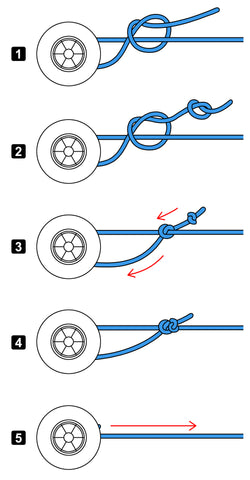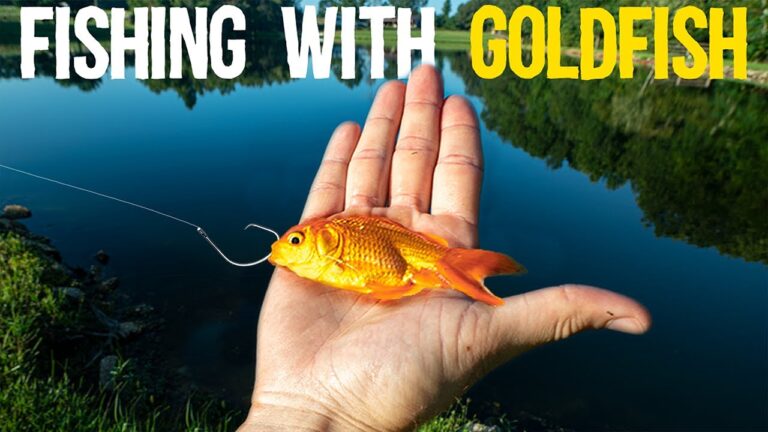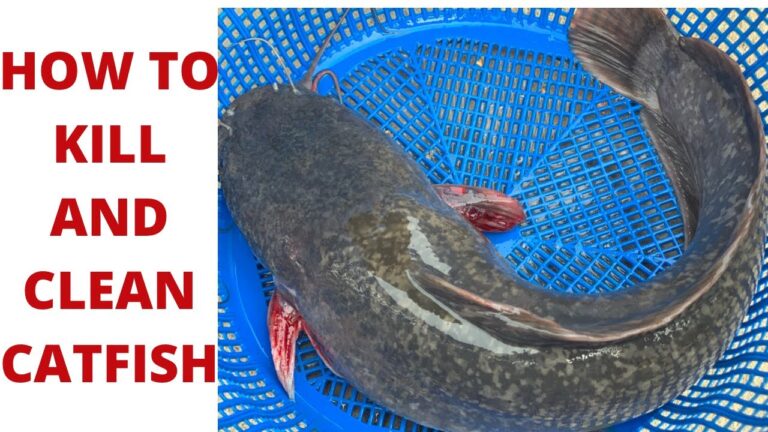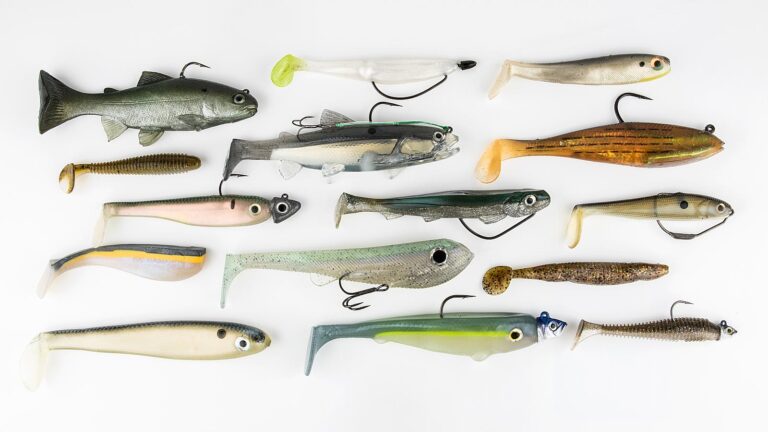How to Tie Fishing Loop Knot
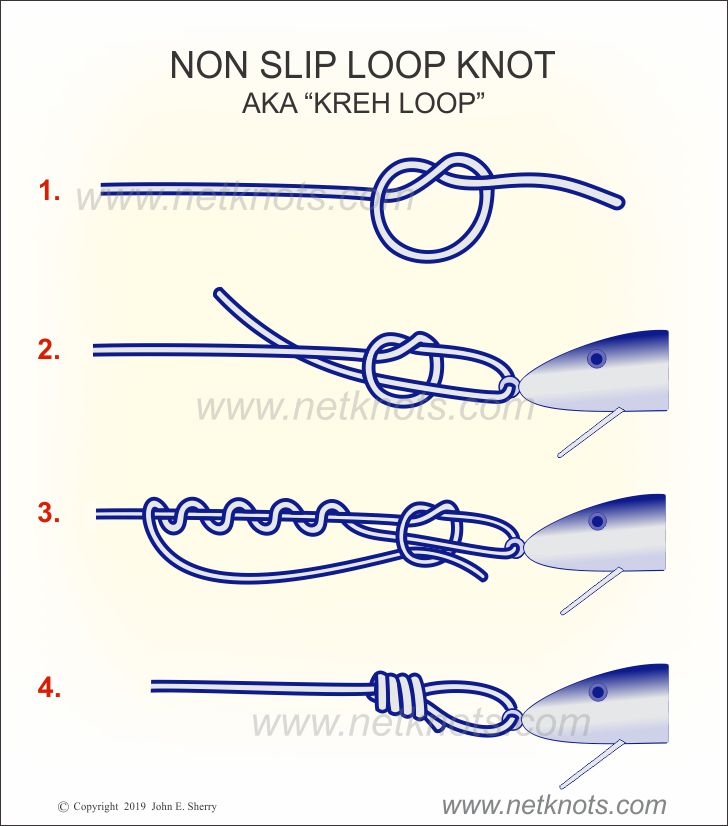
To tie a fishing loop knot, follow these steps: First, make a loop with the fishing line. Then, pass the tag end through the loop twice before securing it.
This type of knot is known as the Non-Slip Loop Knot and is strong, easy to tie, and perfect for fishing. We will discuss how to tie this knot in detail and provide step-by-step instructions. Whether you’re a beginner or an experienced angler, mastering this knot will be a valuable addition to your fishing skills.
So let’s get started and learn how to tie the fishing loop knot effectively and efficiently.
Different Types Of Fishing Loop Knots
When it comes to fishing, knowing how to tie different types of fishing loop knots can greatly enhance your fishing experience. Some of the popular fishing loop knots include the Dropper loop, Perfection loop, Non-Slip Loop Knot, Canoe Man Loop Knot, and Bowline. Each of these knots has its unique attributes and is suitable for different fishing scenarios. Mastering these knots will give you the versatility to adapt to various fishing conditions and target different species of fish. Whether you’re fishing for bass, crappie, or using a jig, having a diverse repertoire of loop knots can make a significant difference in your angling success. Learning and practicing these knots will equip you with the skills to handle a wide range of fishing setups and ensure secure and reliable connections between your line and terminal tackle. Improving your knot-tying abilities will ultimately contribute to your overall enjoyment and success in the art of fishing.

Credit: news.orvis.com
Determining The Strongest Loop Knot
The Rapala Loop Knot, Non-Slip Loop Knot, Perfection Loop Knot, and Canoe Man Loop Knot are all effective loop knots for various fishing techniques. The Rapala Loop Knot is considered the strongest loop knot, providing excellent strength and durability. The Non-Slip Loop Knot, also known as the Kreh Loop, is a reliable option that is quick and easy to tie. The Perfection Loop Knot is another strong loop knot that is popular among anglers for its simplicity. The Canoe Man Loop Knot is yet another option that offers good strength and can be tied quickly. When it comes to using loop knots for fishing, it’s important to consider the type of hook or jighead you are using, as some may not work well with loop knots. Overall, these four loop knots are excellent choices for ensuring strength and reliability in your fishing line.
When To Use And When Not To Use A Loop Knot
When it comes to tying fishing loop knots, it’s important to know when to use them and when not to. One instance where loop knots are useful is when using jigheads and hooks. Loop knots allow for increased movement and action, which can be beneficial when targeting certain fish species like bass or crappie.
However, there are exceptions to using loop knots. For example, when using hooks or jigheads with a collar or when the weight is not directly attached to the hook shank, a loop knot may not be the best choice. Some hooks or jigheads have a swinging weight that moves freely and behaves like a loop knot, making a loop knot unnecessary.
In conclusion, understanding when to use a loop knot and when not to can greatly improve your fishing success. By considering the specific fishing situation and equipment being used, you can make an informed decision on whether a loop knot is the right choice for your fishing needs.
Step-by-step Guide To Tying A Fishing Loop Knot
When tying a fishing loop knot, it’s important to first thread the loop through the eye of the hook. Once threaded, wrap the tag end around the main line, ensuring it’s wrapped neatly and securely. Tension the knot carefully, adjusting it to the desired tightness. Finally, finish the loop knot by securing the tag end and the main line together. Practice and patience are essential to master this crucial knot for successful fishing trips.
Tips And Tricks For Tying A Fishing Loop Knot
Tying a fishing loop knot is an essential skill for anglers to master. Wetting the line before tying the knot ensures a secure and tight knot. This helps to prevent the line from slipping and potentially losing the catch. Another important step is cutting off the tag end of the line after tying the knot. This eliminates any excess length, reducing the chances of the line getting tangled or caught on objects underwater. Taking these tips into consideration, anglers can tie a strong and reliable fishing loop knot for a successful fishing experience.
Credit: www.netknots.com

Credit: www.youtube.com
Frequently Asked Questions Of How To Tie Fishing Loop Knot
How Do You Tie A Fishing Loop?
To tie a fishing loop, follow these steps: 1. Create a small loop with the line. 2. Pass the tag end of the line through the loop twice. 3. Pull the tag end back through the loop. 4. Tighten the knot by pulling the main line and tag end.
5. Trim any excess line.
What Is The Strongest Loop Knot For Fishing?
The strongest loop knot for fishing is the Non-Slip Loop Knot. It is known for its exceptional strength and ease of tying.
When Not To Use A Loop Knot Fishing?
When fishing with weedless weighted hooks or hooks/jigheads with a swinging weight, it’s not necessary to use a loop knot. The weight attached to the hook shank acts as a loop knot in these cases.
How Do You Tie A Mono Loop Knot?
To tie a mono loop knot, follow these steps: 1. Create a loop with the fishing line. 2. Insert the tag end of the line through the loop. 3. Wrap the tag end around the main line. 4. Insert the tag end back through the loop.
5. Tighten the knot by pulling both ends.
Conclusion
Mastering the art of tying a fishing loop knot can greatly enhance your fishing experience. The versatility and strength of the non-slip loop knot make it a valuable addition to every angler’s repertoire. With practice, this essential knot will allow you to effortlessly secure a variety of lures and hooks, ensuring a successful day on the water.
